Objectives of the service
Specific objectives for IRISS in terms of improving TOC operations were:
- To generate better driving style
- To deliver better information to support decision making
- To improve the reliability of trains
- Operations, performance
- Engineering
- To provide up-to-date, accurate timetable information to the customer
The project therefore aimed to deliver the following:
- Development and trials of a single, seamless communications and navigation portal per train, including an on-train system, communication services and back-office utilities
- Provision of two-way communication services serving multiple on-train systems with different bandwidth requirements
- Provision of accurate train Position, Velocity, Time, Distance and Bearing to back-office and interfaces so that this data can be distributed to other on-train systems
- Service to multiple applications and services
- On-train and back-office
- Real-time and offline
In addition the project aimed to address the following questions:
- Which applications offer the best opportunity for a sustainable business case?
- What is the value added by integrating a satellite communications capability within the device?
- How may the device be best integrated within a train and which sensors can it successfully connect with?
- What is needed at a back-office in terms of server/data hub and analysis applications?
Users and their needs
The key target users for IRISS are Train Operating Companies (TOCs) for whom multiple applications of seamless communications and navigation services have been identified through discussions with East Midlands Trains (EMT), a partner within the feasibility project. An IRISS service model has been defined so as to be flexible to meeting the needs of different users. Whilst the initial focus has been on TOCs, other stakeholders may also benefit and help to provide a viable model for investment such as infrastructure operators (e.g. Network Rail in the UK) and Rolling Stock Leasing Companies (ROSCOs).
Service/ system concept
The following 5 core services are the focus of the IRISS concept:
- Train Dataset Download Service
- Train Tracking Service
- On-Train GNSS Feed Service
- Staff Paging/Messaging Service
- Train Dataset Analysis Service
These core services enable the targeted applications to be met. In practise the user would select the applications required and with each an associated service would be defined including the provision of applications and ad-hoc support.
Space Added Value
The space assets used are:
- GNSS (GPS, GLONASS, Galileo) to provide a Positioning, Navigation and Time (PNT) solution with maximal availability for the identified applications.
- Satellite Communications (Iridium) to provide a data link solution where terrestrial options are unavailable, enabling a seamless communications capability across the rail network. The added value of this technology has been shown through the proof of concept activity.
Current Status
The project's Final Review meeting took place in March 2012. The proof of concept activity has successfully validated the functionality of the system and has shown the added value of satellite communications in terms of significantly increasing the availability of communications across the network. Means of taking the system and service model forward to an operational stage are now being assessed, with there being a particular need to find a way of balancing the needs of all stakeholders.



